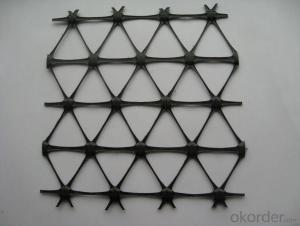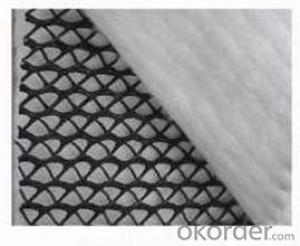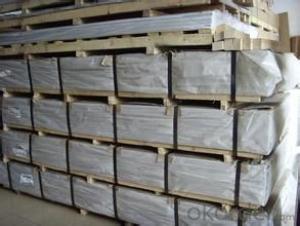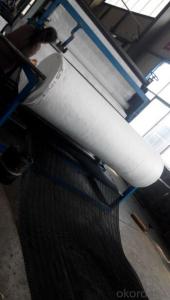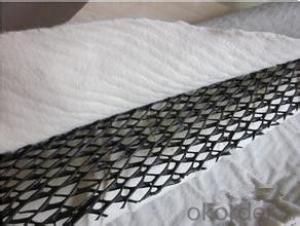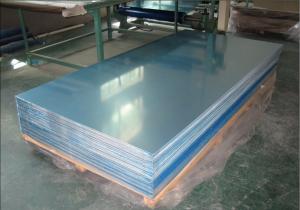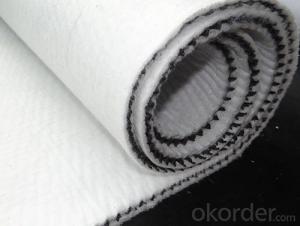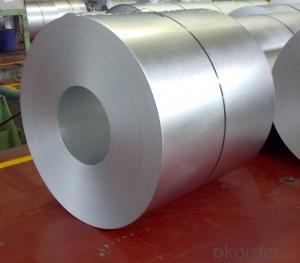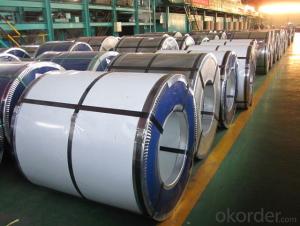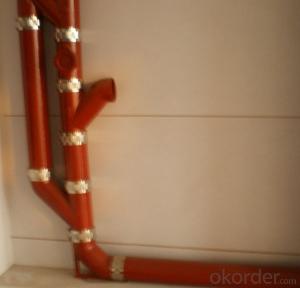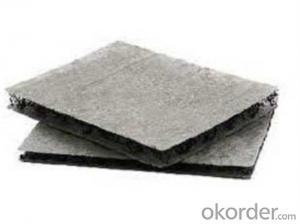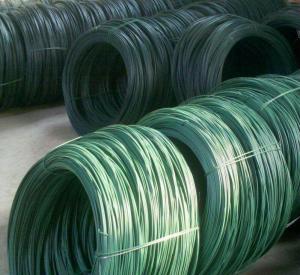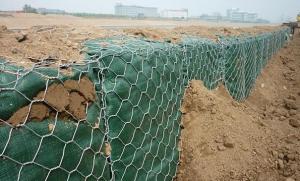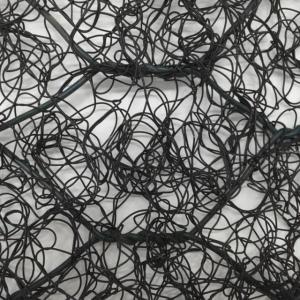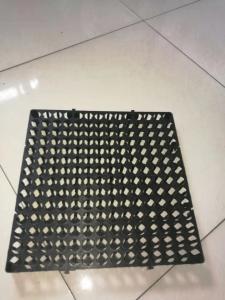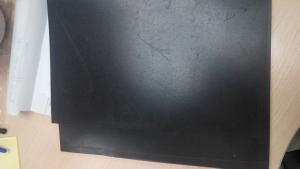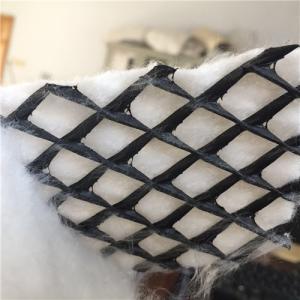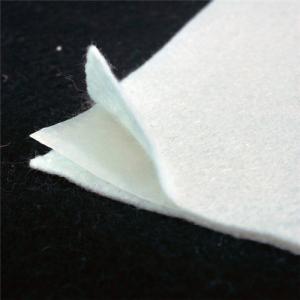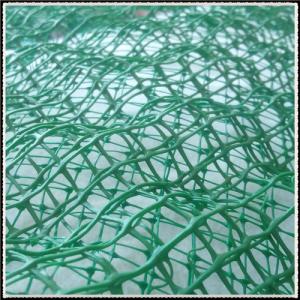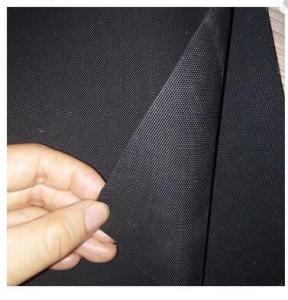Geocomposite Drainage Sheet
Geocomposite Drainage Sheet Related Searches
Primer For Galvanized Steel Msds Sheet For Magnesium Grinding Tools For Metal Metal Frames For Beds Metal Bar Chairs With Backs High Temperature Clear Plastic Sheet Galvanized Steel Wall Panels Galvanized Steel Sheet 4x8 Galvanized Steel Garden Beds 16 Gauge Sheet SteelHot Searches
Pvc Chairs For Sale Plastic Roof Tiles For Sale Heavy Duty Plastic Chairs For Sale Plastic Sheets For Sale Fiber Sheet Price In India Gypsum Board Price Per Sheet In India pvc pipe manufacturers in usa Stainless Steel Sheet Near Me Plastic Fiber Sheet Price Upvc Roofing Sheet Manufacturer In India China Pvc Geomembrane China Geomembrane Roll Sheet Pvc Roofing Sheets Price India Pvc Roofing Sheets Price 5 8 Type X Gypsum Board Price Gypsum Board Price Per Sheet pvc resin price index Lasani Wood Sheet Price Rhino Roofing Sheet Price List Tinplate Sheet PriceGeocomposite Drainage Sheet Supplier & Manufacturer from China
Okorder.com is a professional Geocomposite Drainage Sheet supplier & manufacturer, offers integrated one-stop services including real-time quoting and online cargo tracking. We are funded by CNBM Group, a Fortune 500 enterprise and the largest Geocomposite Drainage Sheet firm in China.Hot Products
FAQ
- Civil engineering materials (building materials) which is the direction of civil engineering ah? structure? Geology Or what?
- At present, from the narrow sense of the definition, civil engineering is equivalent to civil engineering, that is, construction (or structural engineering) this small range. Civil Engineering Materials (Building Materials) This paper introduces the basic composition, material properties, quality requirements and testing methods of civil engineering materials commonly used in civil engineering, in
- The function of geosynthetic drainage composites in road construction is to provide effective drainage and prevent the accumulation of water within the road structure. They help to reduce the potential for water damage, such as erosion or weakening of the subgrade, by efficiently draining water away from the road surface and directing it to appropriate drainage systems. This helps to maintain the stability and durability of the road, preventing issues like potholes or cracks caused by water infiltration.
- Earthwork products, such as sediment ponds, swales, and bio-retention basins, play a crucial role in water filtration. These products are designed to capture, slow down, and filter stormwater runoff, preventing sediment, pollutants, and contaminants from entering our water bodies. By allowing the water to percolate through the soil and vegetation, earthwork products help remove harmful substances and promote natural filtration processes. This helps protect and improve water quality, benefiting both the environment and human health.
- Yes, earthwork products can be customized to suit specific project requirements. Customization can include adjustments in materials, sizes, shapes, and finishes to ensure they meet the specific needs and specifications of the project.
- Yes, earthwork products can be used for constructing outdoor sculptures. These products, such as clay, soil, sand, or rocks, can be shaped, molded, and arranged to create unique and artistic sculptures that blend seamlessly with the natural environment. Earthwork sculptures often have an organic and rustic appeal, making them a popular choice for outdoor installations.
- Geosynthetic meshes provide reinforcement to the soil, enhancing its strength and stability, especially in embankments. These meshes distribute loads more evenly, reducing the potential for soil erosion and slope failure. Additionally, they improve drainage and prevent the loss of fine particles, enhancing the long-term performance and durability of embankments.
- The load-bearing capacities of earthwork products can vary depending on the specific product and its intended use. Some common earthwork products, such as compacted fill materials, may have load-bearing capacities ranging from a few hundred pounds per square foot to several thousand pounds per square foot. However, it is important to consult engineering specifications and design guidelines to determine the exact load-bearing capacity required for a specific project.
- Earthwork products, such as berms, mounds, and swales, play a significant role in creating and restoring wildlife habitats. These products are designed to manipulate the landscape by modifying the topography, water flow, and vegetation, which in turn create diverse and suitable habitats for various species. By strategically placing and shaping earthwork products, we can create sheltered areas, nesting sites, and food sources for wildlife. These modifications also help to restore natural hydrological systems, control erosion, and enhance biodiversity, which are crucial for the overall health and sustainability of wildlife populations.





